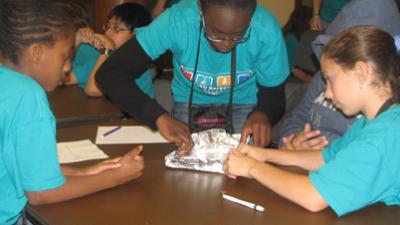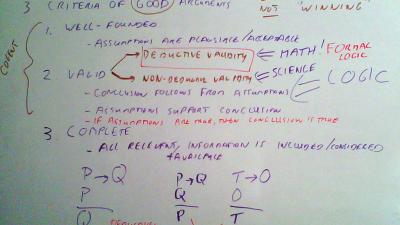Area Youth Gearing Up To Explore Math and Science Adventure at Rensselaer Polytechnic Institute
Forty-eight area middle school students are curing the summer “brain drain” this year with a heavy dose of science, technology, engineering, and mathematics (STEM) fun.








